This guide will explore some of the best annual flowers suited for this climate, focusing on their unique characteristics, cultivation tips, and benefits for your garden.
Zinnia (Zinnia spp.)
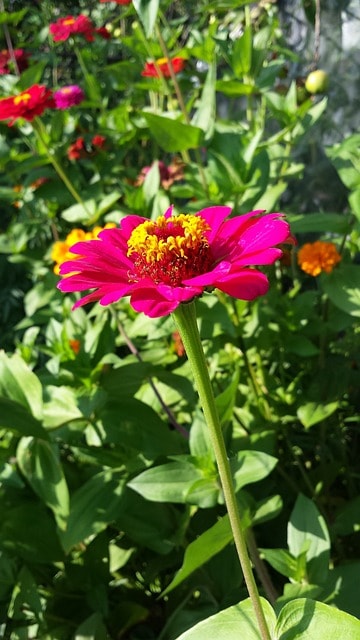
Zinnias are summer favorites that bring an explosion of color to any garden. Known for their resilience against heat, these hardy flowers thrive in full sun and come in a range of sizes and colors, including vibrant oranges, pinks, and yellows. Zinnias are also pollinator magnets, attracting butterflies and bees to your garden, which promotes biodiversity.
To cultivate zinnias, prepare well-draining soil and provide plenty of sunlight—at least six hours a day. These flowers flourish when watered appropriately; too much moisture can lead to root rot. Deadheading spent blooms can encourage further flowering throughout the season, making zinnias an appealing choice for continuous color from spring until frost.
Verbena (Verbena spp.)
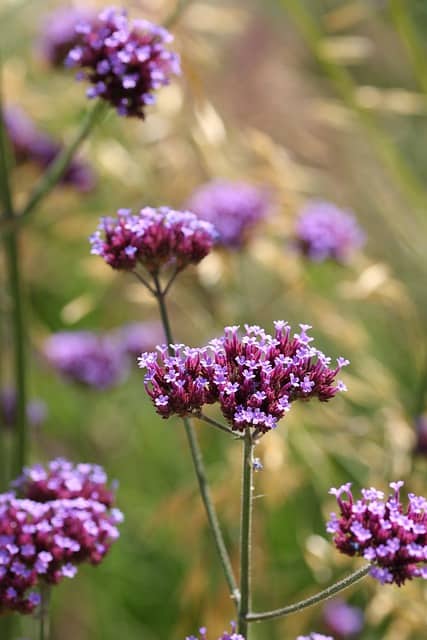
Verbena is a versatile annual that offers beautiful clusters of tiny flowers, making it a favorite for hanging baskets, borders, and beds. This plant is tolerant of drought, which is perfect for Zone 9’s hot summers. With blooms ranging from deep purples to fiery reds, verbena adds a beautiful texture to gardens.
These plants prefer full sun and well-draining soil. To promote bushier growth, pinch back the tips as they grow. Verbena is also resistant to many pests and diseases, which means less maintenance for you. Whether planted in mixed containers or as ground covers, verbenas will thrive and create a stunning display.
Sweet Pea (Lathyrus)
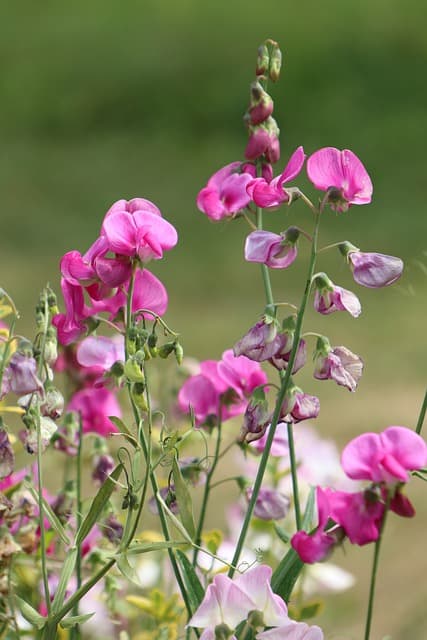
Sweet peas are celebrated for their intoxicating fragrance and delicate blossoms. These charming flowers can flourish in the cooler months of Zone 9 and can be planted in late winter or early spring. Sweet peas exhibit a plethora of colors, including pastel hues and vivid shades, making them delightful additions to any garden.
Sweet peas thrive in rich, well-drained soil with good fertility. To ensure tower-like growth, provide them with trellises or support structures. Water them regularly, especially during dry periods, to keep them blooming their best. One of the joys of gardening is cutting these lovely blooms for arrangements, filling your home with their enchanting perfume.
Poppy (Papaver spp.)
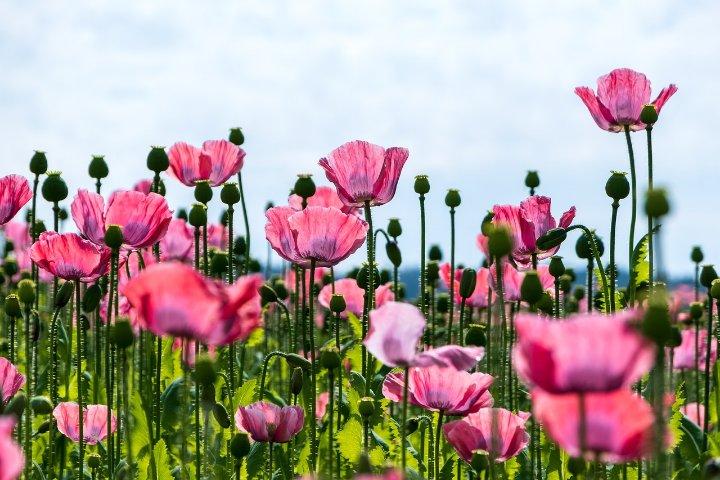
Poppies are iconic flowers that bring a whimsical touch to any garden. Their delicate petals and vivid colors can transform both informal and formal landscapes. The California poppy, in particular, is well suited for Zone 9, thriving in its warm conditions and flowering throughout the spring and summer.
Poppies do best in full sun and well-drained soil. They prefer to be sown directly into the garden, as transplanting can be tricky. Since they are self-seeding, once established, they will return year after year with minimal effort on your part. Poppies are also excellent for pollinators, helping to sustain the environment while adding beauty to your garden.
African Marigold (Tagetes erecta)

The African marigold is an old favorite known for its bright yellow and orange blossoms that can brighten up any garden space. These flowers are not only beautiful but also serve a practical purpose, as they can deter pests due to their strong scent. They are fantastic for companion planting, especially with vegetables.
To grow African marigolds, ensure they are planted in full sun and well-draining soil. Regular deadheading will promote prolonged blooming. These annuals can tolerate heat and drought, making them ideal for the warmer months in Zone 9. Their long-lasting blooms make them a splendid choice in borders, beds, and containers.
Ageratum (Ageratum houstonianum)

Ageratum is known for its fluffy, blue to purple flowers that create a soft, billowy appearance in the landscape. These anemone-like flowers bloom over an extended period, making them perfect for continuous color throughout the season. Ageratum is also appreciated for its ability to attract butterflies.
Plant ageratums in well-draining soil with adequate sun; they can tolerate partially shady spots but bloom best in brighter locations. These flowers are low-maintenance and thrive with regular watering, making them ideal for beginners. They work wonderfully in flower beds, borders, and containers, adding texture and charm to your garden.
Phlox (Phlox drumondii)
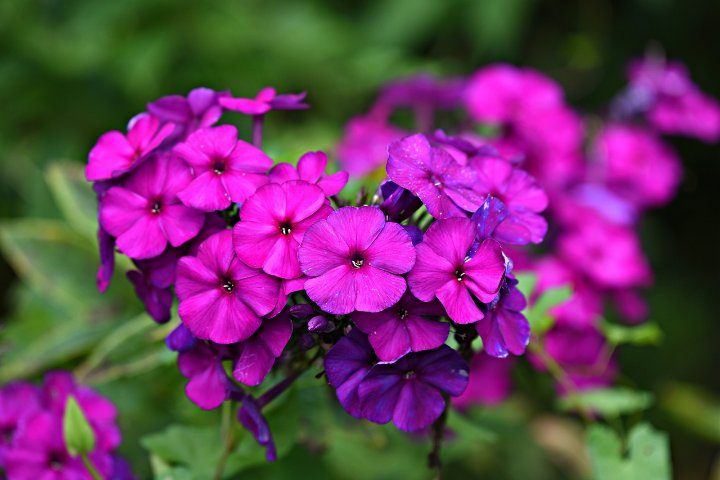
Phlox is celebrated for its vibrant blossoms that come in a range of colors. This star of the summer garden features clusters of flowers that can brighten up any area. They are particularly delightful when planted en masse, creating a breathtaking kaleidoscope of color.
Phlox does well in well-draining soil enriched with compost and thrives in full sun. Regular watering is essential, especially during dry spells, to maintain their vigor. Deadheading spent flowers promotes continuous blooming, making them a stunning addition to your summertime landscape.
Bachelor Button (Centaurea cyanus)

Bachelor buttons, or cornflowers, are known for their striking blue blooms that infuse gardens with a soft yet vibrant color. Easy to grow, they attract beneficial insects and can create beautiful cut flower arrangements. Their resilient nature allows them to thrive in poor soils, making them perfect for Zone 9 gardeners.
These flowers prefer full sun and well-drained soil. They can be sown directly into the garden and will self-seed, providing ongoing blooms from spring to fall. Whether used in cottage gardens or formal landscapes, bachelor buttons are a delightful choice for adding color and attracting wildlife.
Begonia (Begonia spp.)
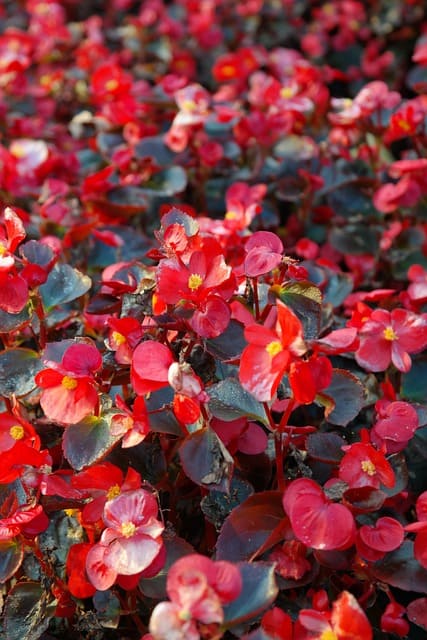
One of the standout features of begonias is their lush foliage, combined with vibrant blooms. Though often treated as perennials, certain begonia varieties bloom beautifully as annuals in Zone 9. They come in various colors and sizes, making them suitable for containers, borders, and garden beds.
Begonias appreciate partial shade and rich, well-draining soil. They thrive in areas with filtered light, though some sun tolerances exist amongst the different species. Regular watering and ensuring the soil doesn’t dry out are key to their success. With their elegant presence, begonias can elevate any garden and work well in shaded areas to bring life to cooler spots.
Lobelia (Lobelia spp.)
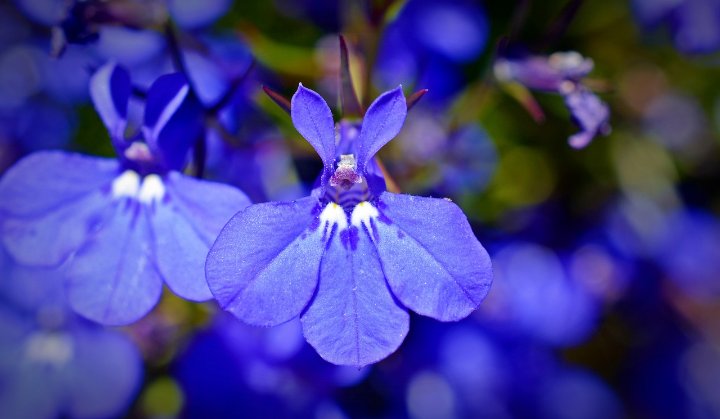
Lobelia is a delightful trailing plant that produces a cascade of blue or purple flowers, ideal for hanging baskets and window boxes. Its lush growth and vibrant color create a beautiful contrast against other garden flowers. Lobelia is particularly effective in cool spots, helping to beautify shaded areas.
These flowers prefer full sun to partial shade and thrive in consistently moist, well-draining soil. Regular watering is crucial, especially during hot spells. Deadheading will promote further blooms, and when planted with taller flowers, lobelias create an exceptionally eye-catching presentation.
Calibrachoa (Calibrachoa spp.)
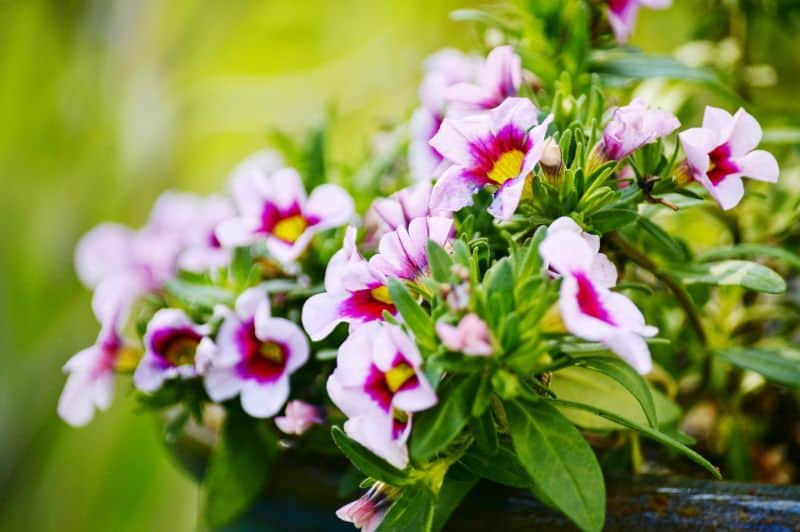
Calibrachoa, often referred to as million bells, are renowned for their prolific blooming and petite, bell-shaped flowers. They come in many colors and patterns, making them perfect for container gardens or hanging baskets. With their ability to survive in the heat, they are ideal for the sunny conditions of Zone 9.
These flowers prefer full sun and well-draining soil. Regular watering is needed, but they are relatively forgiving of periodic drought. Fertilizing them occasionally promotes even more blooms throughout the growing season. Their cascade of color adds vibrancy to any garden, creating a cheerful ambiance.
Flowering Tobacco (Nicotiana)
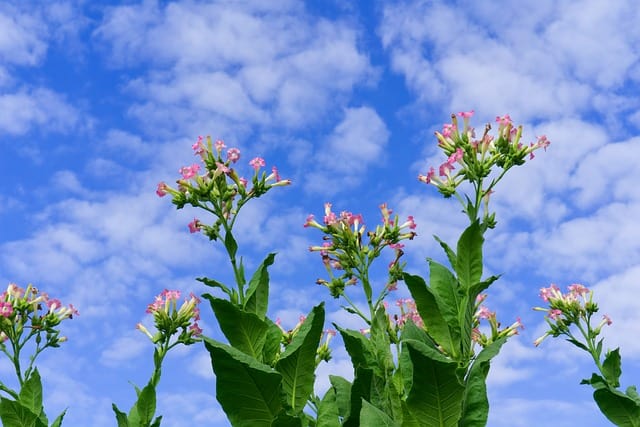
Flowering tobacco is an often-overlooked annual that boasts fragrant, tubular flowers that open in the evening, attracting a variety of nighttime pollinators. Its tall stems with clusters of blooms create an enchanting presence in the garden and offer a soothing scent.
Plant flowering tobacco in well-draining soil with full sun to partial shade. They thrive in moderately rich soil but are also quite adaptable. Regular watering during dry spells will help maintain their vigor. Their unique appeal makes them perfect for a moon garden or areas where you enjoy evening relaxation.
French Marigold (Tagetes patula)
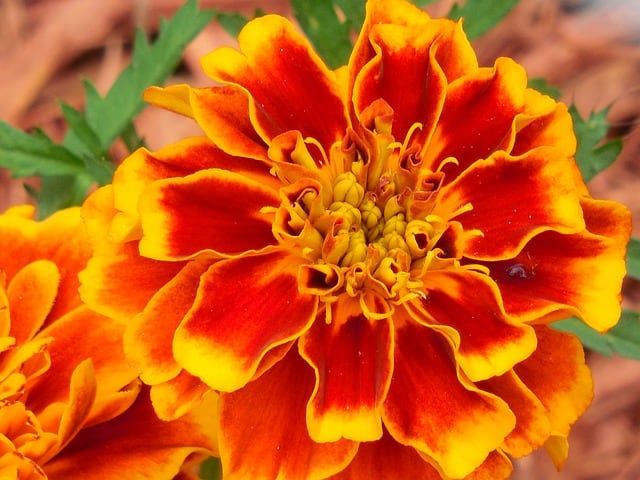
French marigolds bring a splash of sunny color and cheer to any garden. Known for their compact habit, they are perfect for both edging and container gardening. Additionally, their intense scent deters numerous garden pests, making them excellent companion plants.
These vibrant flowers love the sun and well-drained soil. They are low-maintenance—requiring little water once established—and benefiting from deadheading. Their long bloom time from spring to late fall adds sustained color to the garden, and they can also be grown in various types of soil.
Gerbera Daisy (Gerbera)
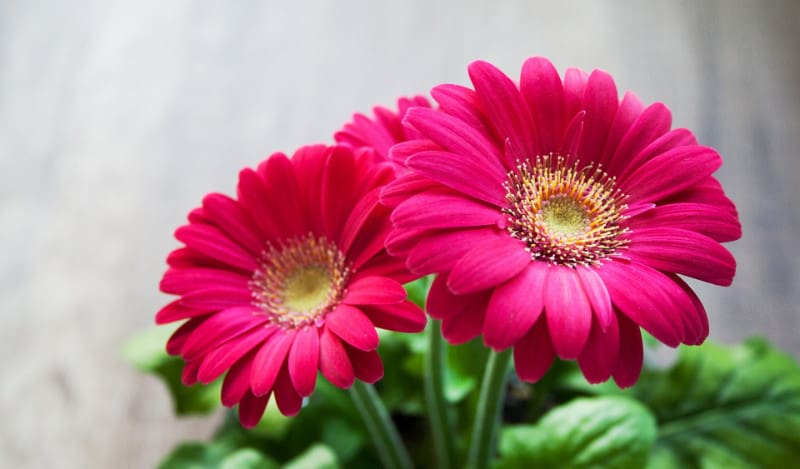
Gerbera daisies are a summertime sensation with their vibrant, large blooms that radiate joy and warmth. Available in nearly every color imaginable, these flowers are perfect for borders, cut flower arrangements, and container gardening. Their bold colors add a dramatic effect to any landscape.
To grow gerbera daisies, ensure they receive full sunlight and are planted in well-draining soil. Regular watering is necessary to keep them healthy, but avoid getting water on the leaves. Fertilizing them every couple of weeks will promote even more blooms, ensuring these beauties keep shining bright throughout the summer.
Heliotrope (Heliotropum)
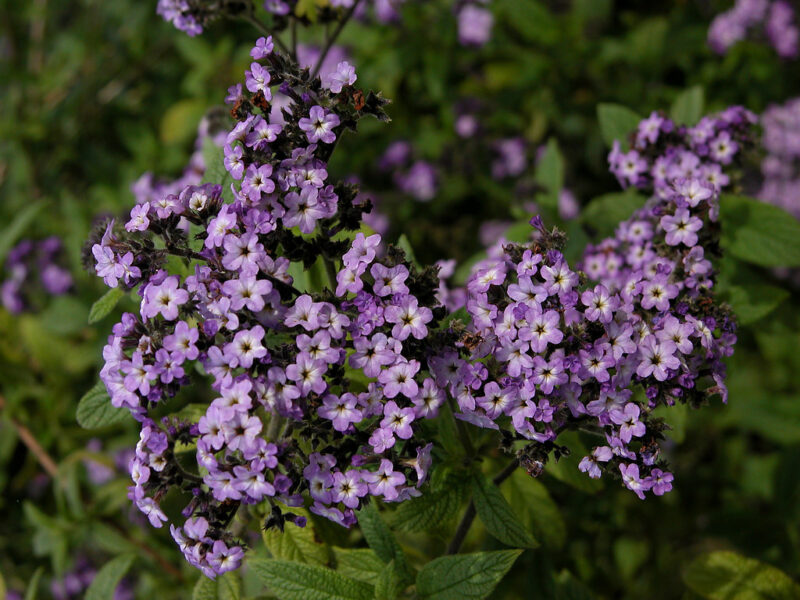
Heliotrope is known for its clusters of small, fragrant flowers, often in shades of purple and blue. These lovely annuals bring not only color but also an engaging scent that adds a sensory delight to your garden. Heliotropes attract butterflies and are a fantastic choice for creating a pollinator-friendly garden.
Heliotrope prefers full sun and rich, well-drained soil. Regular watering is essential, especially during hot spells, to encourage healthy growth. Pinching back spent blooms and providing occasional fertilization will ensure that these plants continue to flourish and fill your garden with exuberance.
Impatiens (Impatiens spp.)
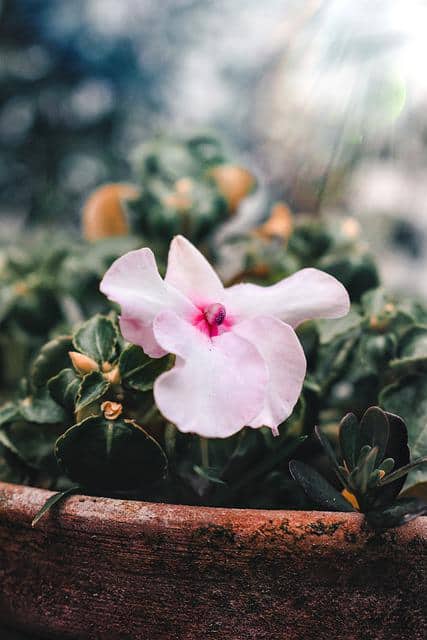
Impatiens are classic favorites for shaded areas in your garden. With a plethora of options available, they are known for their colorful blooms in various shades, creating a carpet of color wherever they are planted. This makes them an excellent choice for filling in the gaps in partially shaded gardens.
Plant impatiens in rich, well-draining soil with adequate moisture. They thrive in consistently moist conditions but can be forgiving briefly. Regular deadheading will extend their blooming period, ensuring that their stunning flowers remain vibrant throughout the season.
Moss Rose (Portulaca)
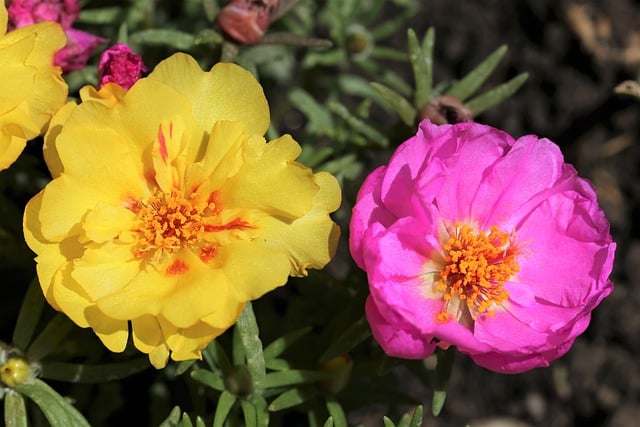
Moss rose, or Portulaca, is a drought-tolerant annual that thrives in hot, dry conditions—making it one of the perfect choices for Zone 9. With its small, rose-like blooms, this plant offers a mix of colors including reds, yellows, pinks, and whites. Moss roses add a ground-covering effect, ideal for rock gardens or pathways.
These succulents prefer full sun and well-drained soil. Once established, they require minimal watering, making them low-maintenance. With their ability to bloom in extremely hot conditions, moss roses are a delightful way to add brightness to your garden while keeping care requirements to a minimum.
Nasturtium (Tropaeolum)
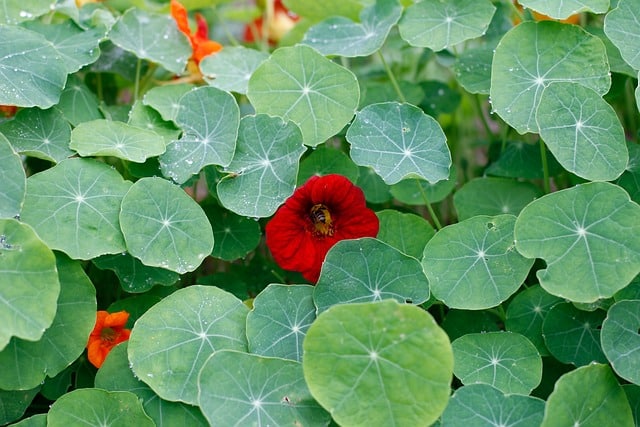
Nasturtiums are not only beautiful but also edible! With vibrant orange, yellow, and red blooms, they provide a pop of color to your garden beds while also being a fantastic addition to salads and garnishes. They flourish in the summer heat, making them ideal for Zone 9 gardening.
Plant nasturtiums in poor to moderately fertile soils for the best blooms, as overly rich soils result in foliage rather than flowers. These plants thrive in full sun and require regular watering, especially during dry periods. They’re perfect candidates for cascading in hanging baskets or trailing over walls, adding diversity and interest to your gardening space.
Petunia (Petunia spp.)
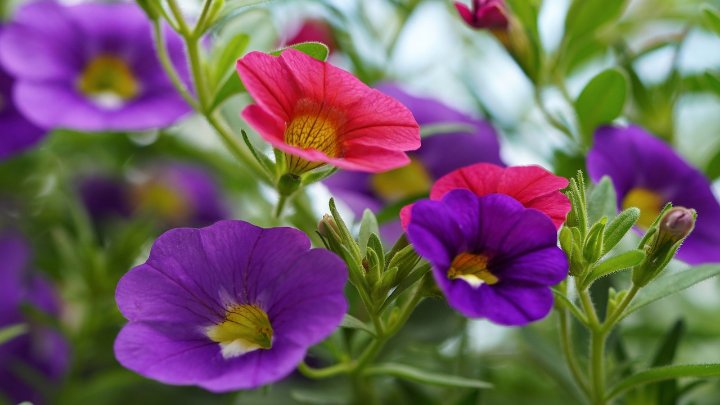
Petunias are the quintessential summer flowers, known for their vibrant colors and delightful fragrance. Available in single and multi-colored blooms, petunias can transform any landscape into a magnificent display. They thrive in warm weather and are excellent for containers, hanging baskets, or garden beds.
To grow petunias successfully, ensure they are placed in well-drained soil and receive full sun. Regular deadheading will promote additional blooms and prolong their blooming season. Fertilizing every couple of weeks will help maintain their vibrant colors, making them a staple in many gardens.
Salvia (Salvia spp.)

Salvia is an impressive annual that offers a range of colors, heights, and fragrances. Known for attracting hummingbirds, these flowers provide not only color but also lively activity in your garden. Salvia blooms beautifully throughout the summer and fall, ensuring a continual visual delight.
Plant salvia in well-draining soil with plenty of sunlight. They enjoy moderate watering but can handle periods of drought once established. Regular deadheading will enhance blooming, making them vibrant contributors to any planting scheme.
Snapdragon (Antirrhinum majus)
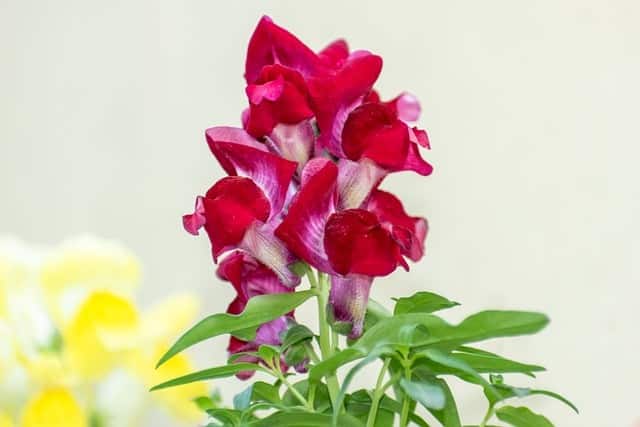
Snapdragons are a whimsical annual that brings a touch of charm with their unique flower spires. Available in a range of colors, these delightfully quirky flowers can add vertical interest to your garden beds. They thrive in cooler weather and will bloom early in the spring and again in the fall.
Plant snapdragons in rich, well-draining soil with plenty of sunlight. Regular watering is essential to keep them flourishing, particularly during dry spells. Supporting their stems can help prevent them from toppling over in stormy weather, ensuring they maintain their beautiful display.
Sunflower (Helianthus annus)

Sunflowers are nature’s happy flowers, characterized by their large, golden blooms that turn to follow the sun. These cheerful plants are hardy and easy to grow, making them an excellent choice for both novice and experienced gardeners. They bring a sense of joy and vitality to any garden, whether planted in rows or in informal settings.
Sunflowers thrive in full sun and well-draining soil. They can grow tall, so spacing them adequately is key. Regular watering during their initial growth will support stronger roots, and they are self-sufficient once established. Whether grown for their striking appearance or for harvesting seeds, sunflowers bring brightness to Zone 9 gardens.





